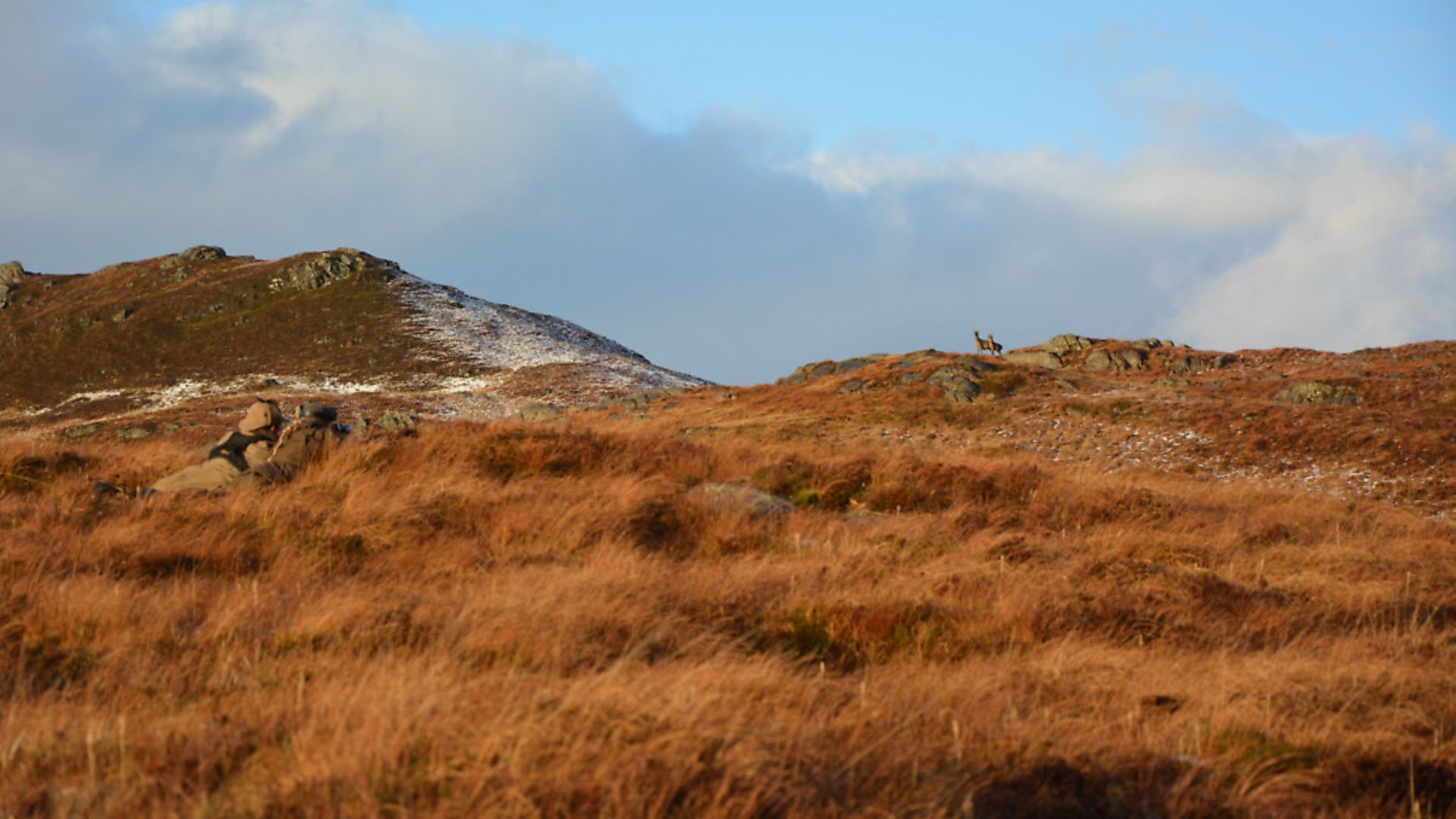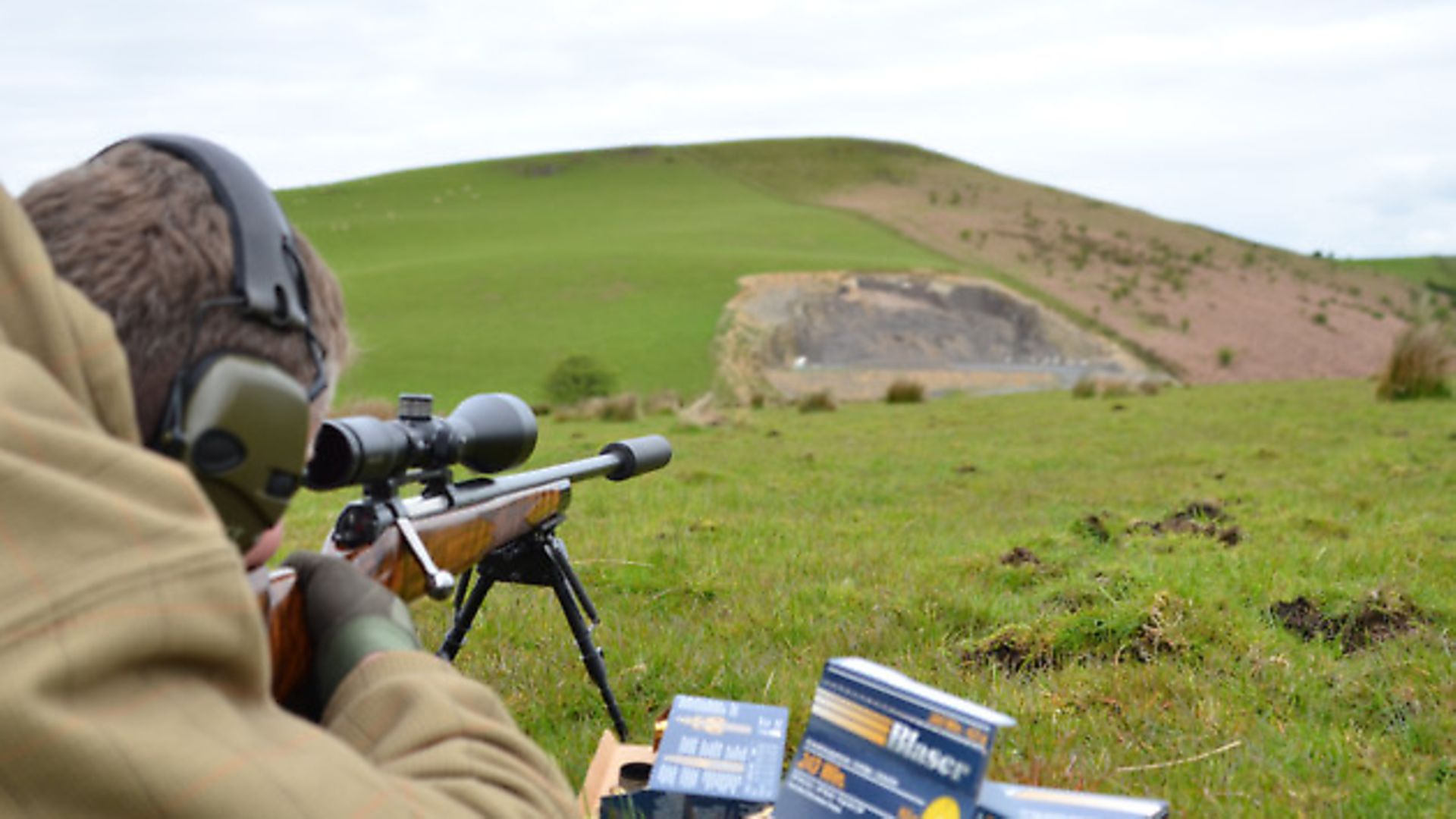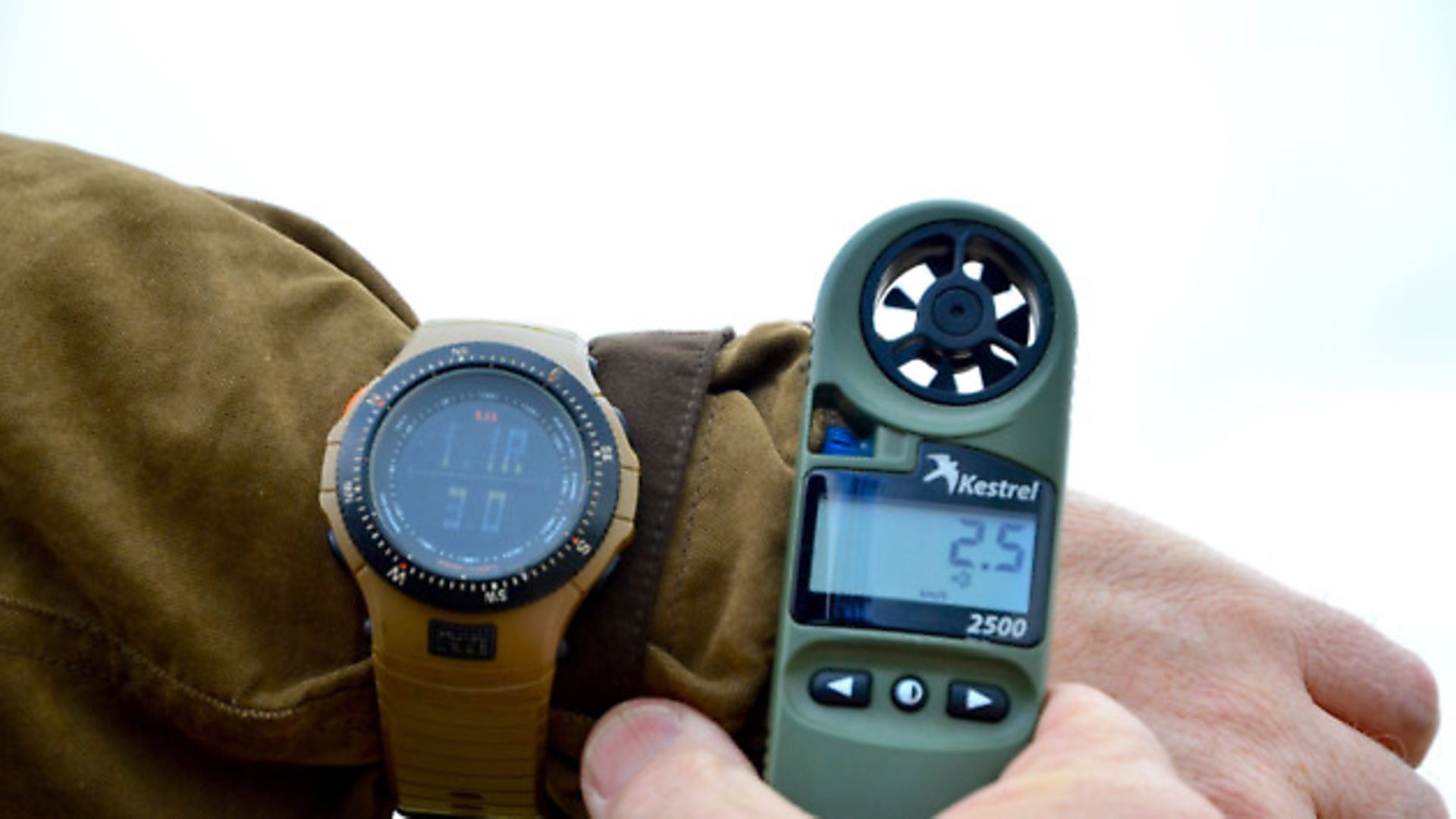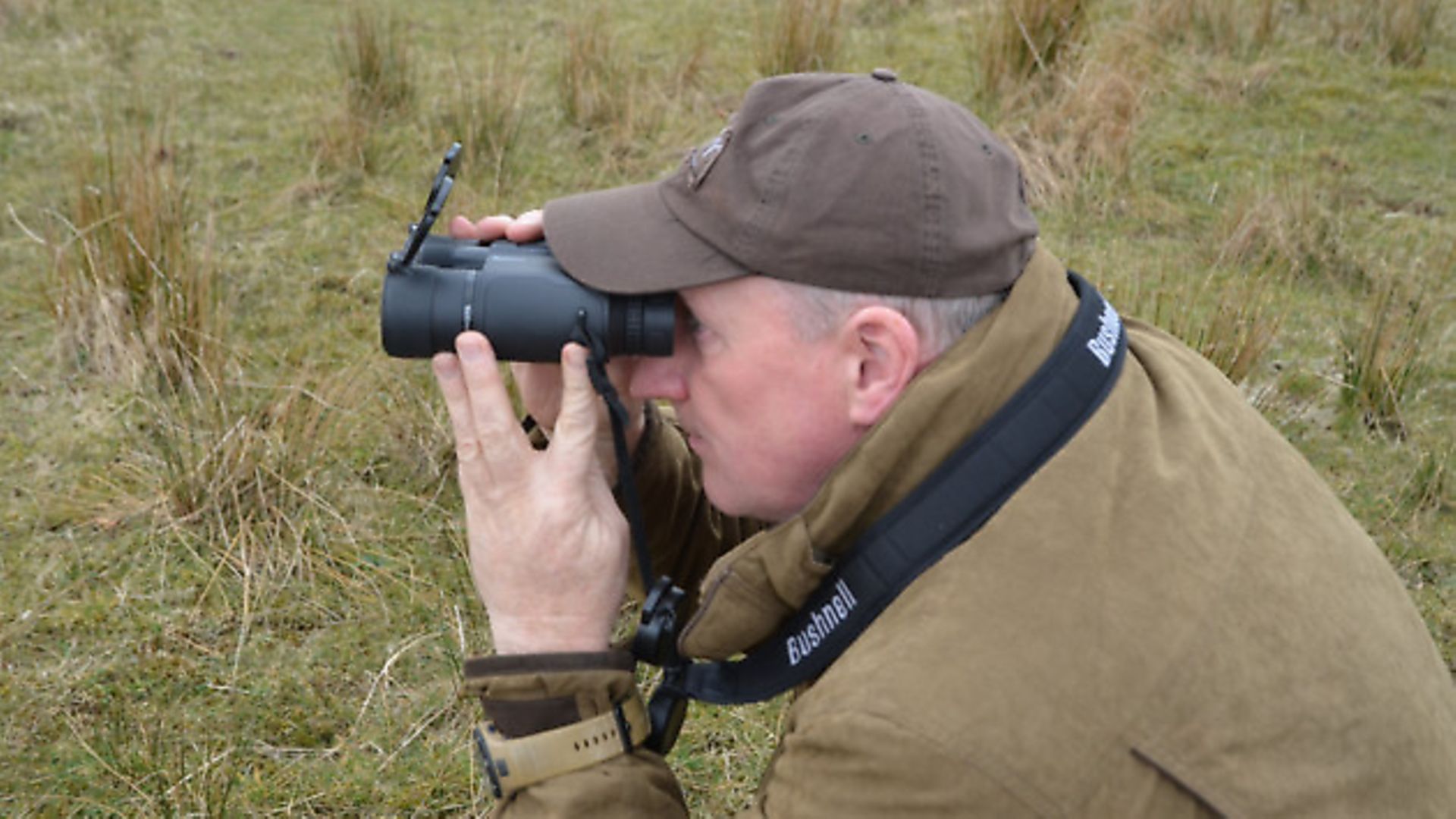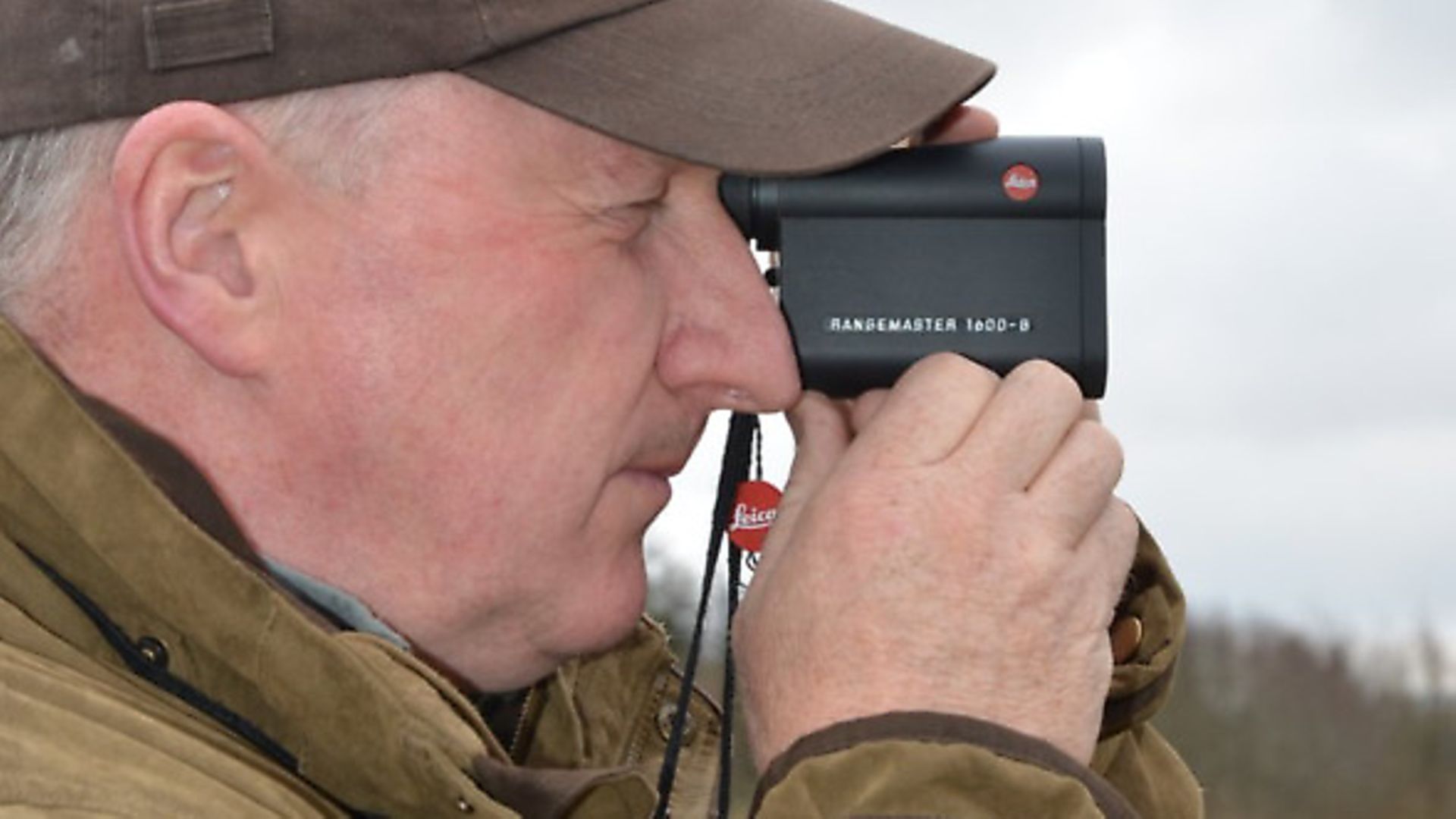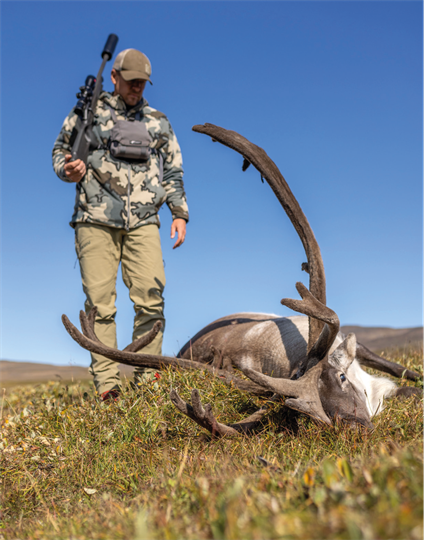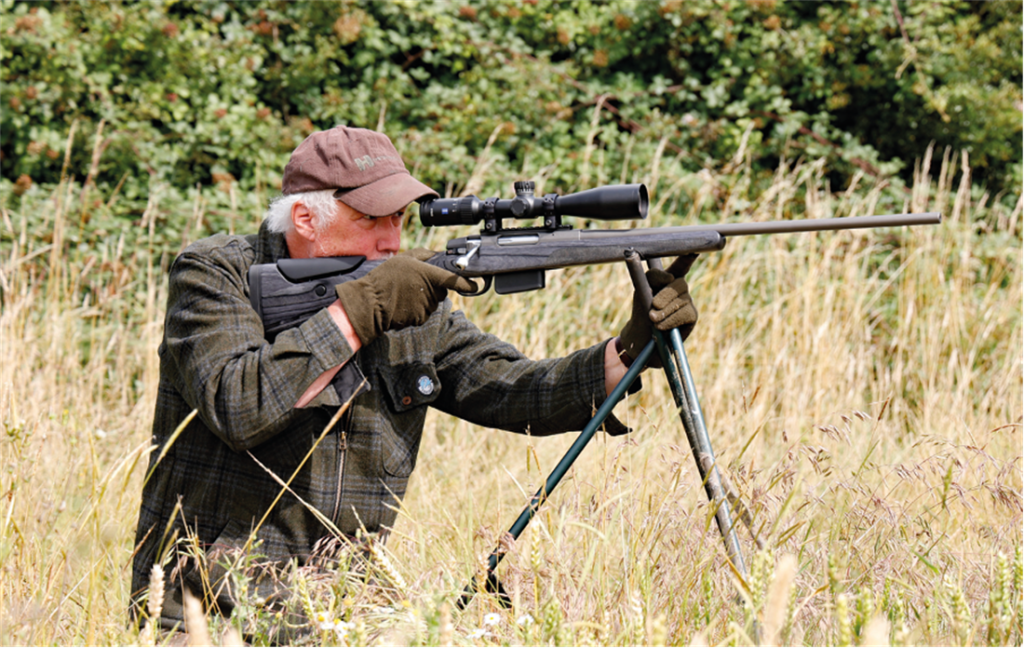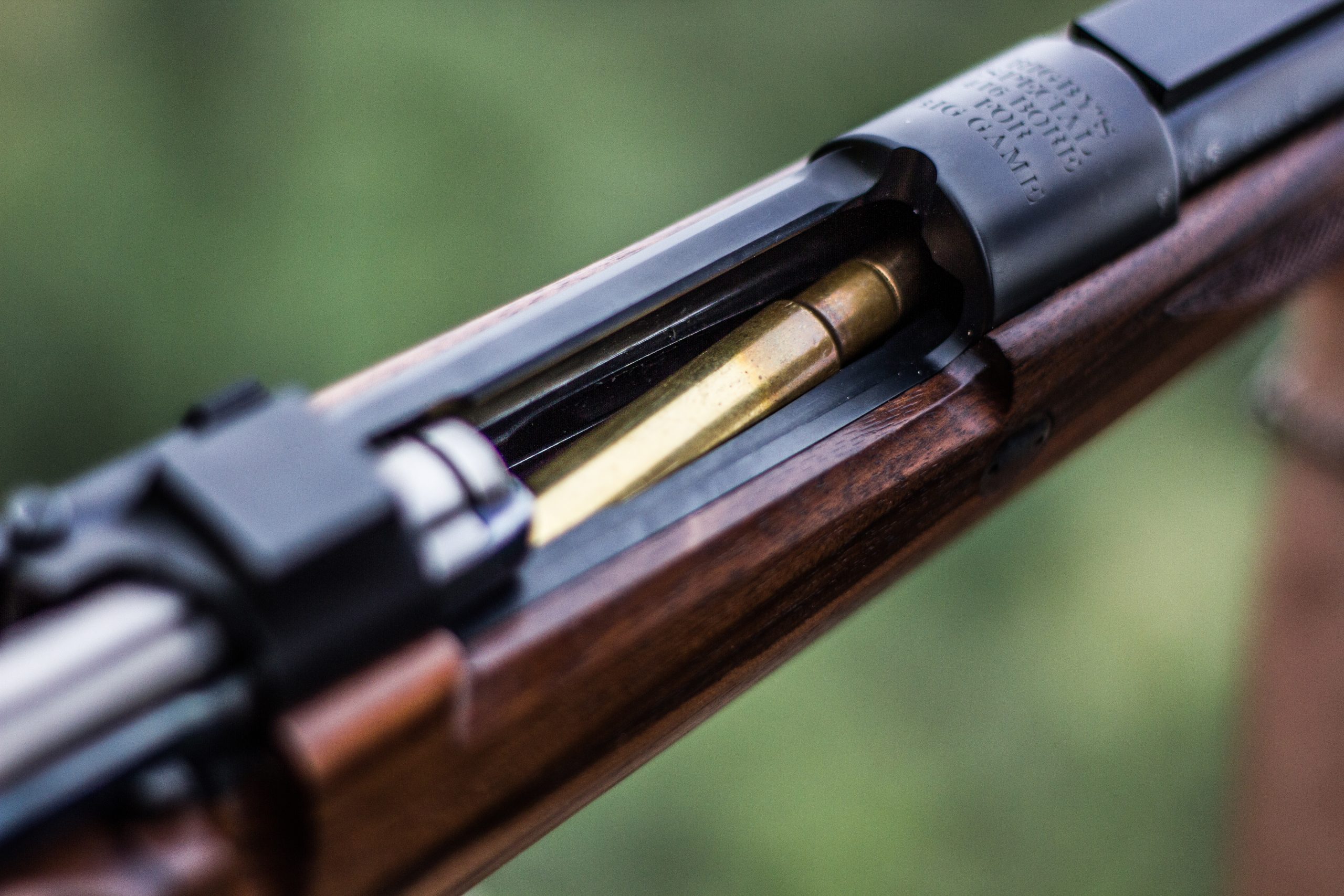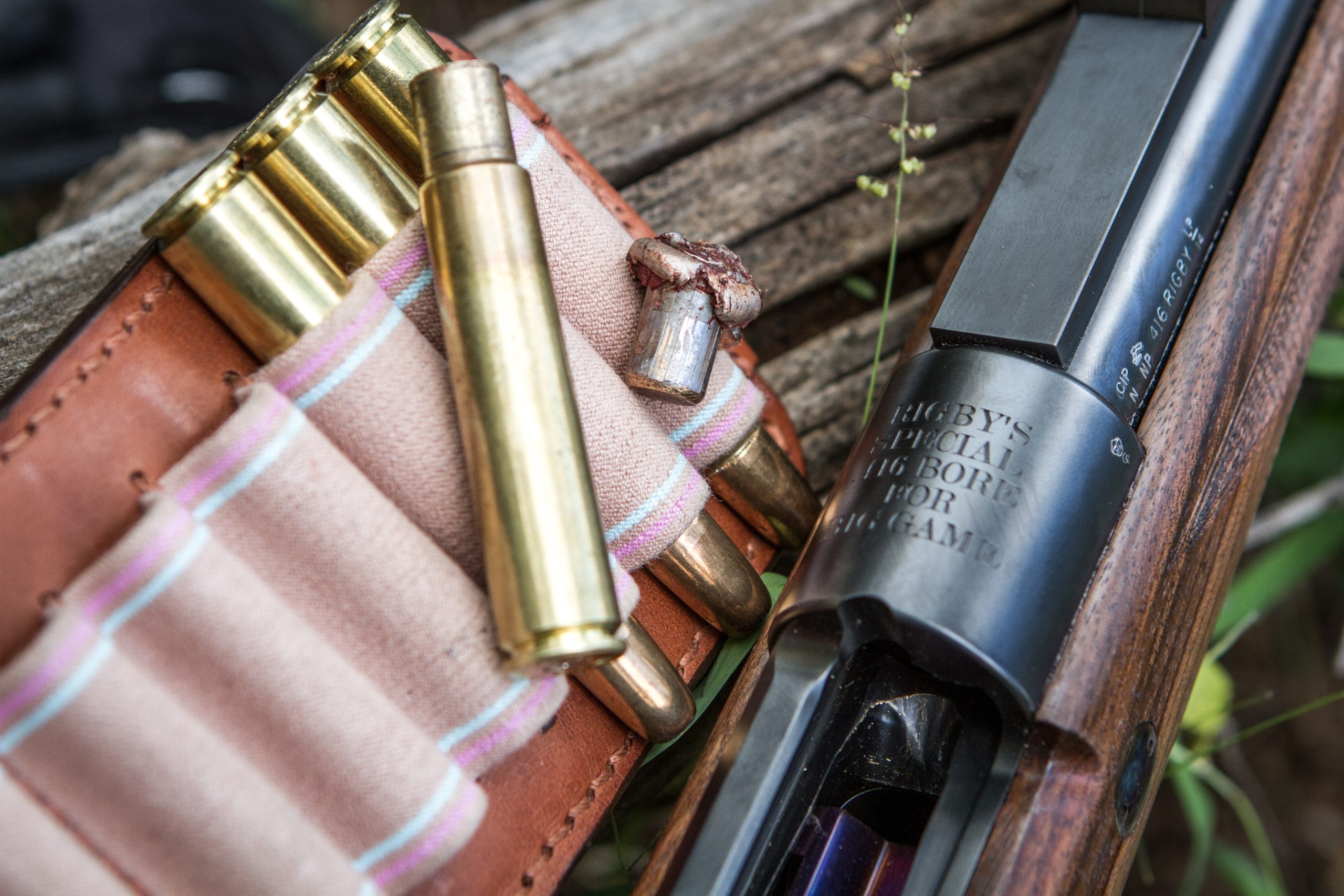Long distance target shooting part 2 – technology on the range
Andrew Venables looks at the various ballistic solutions, examines the pros and cons of each, and advises which are best to use on the range credit: Archant So far in this series we have looked into the various ways of increasing our lethal hunting range with modern rifles, telescopic sights and ammunition. As I write
Would you like to appear on our site? We offer sponsored articles and advertising to put you in front of our readers. Find out more.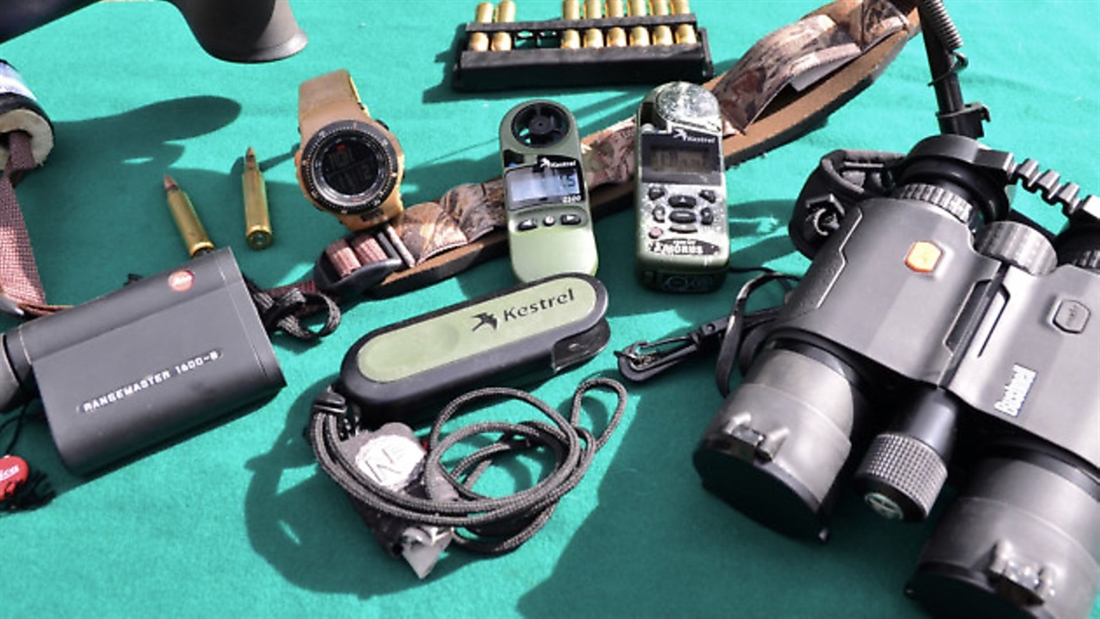
Andrew Venables looks at the various ballistic solutions, examines the pros and cons of each, and advises which are best to use on the range
So far in this series we have looked into the various ways of increasing our lethal hunting range with modern rifles, telescopic sights and ammunition. As I write this, my conscience is nagging me, because humans who use modern hunting rifles already have a massive advantage over the quarry we pursue.
The Daily Telegraph carried an article on 20 March 2005 – and nothing has moved on since – about a canned hunting ranch in Texas that was offering a ‘kill over the internet’ experience, using a remote camera fixed to a 30.06 rifle, controlled with a mouse from home, wherever that might be. In the article, the shooter was a chap sitting 46 miles away from the killing zone; it could have been across the pond. This is not hunting.
We are all aware of the use of drones, controlled from Washington DC or some military base in Europe, flying over the mountains of Waziristan or the cities of Syria. If you are trying to see how far away you can kill, you might as well call in a drone strike on your quarry. This is not hunting either.
The point I am making – before I start talking about the subject of the ballistic solutions that we most often use at WMS Firearms Training – is a simple one: I love to hunt quarry, and I love to see if I can hit long-distance targets. The two are not, in my mind, to be confused. I will use my skills on live quarry within the ranges that I know I will hit my mark with certainty in the prevailing conditions.
If it has a pulse, it is quarry, to be respected and humanely dealt with. If it is a distant rock or a steel target, and it presents a truly safe shot, then play away.
I have great respect for bow hunters. They must be capable of getting within perhaps 25m of their quarry to be certain of success, and what skill, patience and guile they must possess to succeed.
We can’t bow hunt in the UK, but you can decide on ‘range X’ as the limit of your shooting. How would you go about a successful hunt on your favourite patch if you could not shoot at more than 30m? How proud would you feel when you succeeded? There’s a project for you; write a letter to tell us the story with a picture, oh and leave your 10-50 power sniper scope at home.
So, onto the main subject: what ballistic solutions does WMS rely on the most?
Well, we have seen pretty much all of the options: folks turning up with laptops connected to satellites who put space probes onto the Rosetta comet at a 6.5 billion-mile range; people with iPhones and iPads with various ballistic apps; printouts from ammunition makers’ websites; Kestrel weather stations with Horus ballistics; watches with ballistics… the list goes on.
Like everything else we do, this has to pass the K.I.S.S. test. Keep It Simple, Stupid? Well, almost. All of this is a bit complicated, and stress and pressure don’t mix well. The ultimate practical solution, in our opinion, for best results most of the time is the Kestrel 4500NV, with either Horus or Applied Ballistics; we prefer Horus. Two caveats here: firstly, this is not simple to set up, understand, or use properly; secondly, it can only measure the wind where you are, which may be little use for a bullet heading for a target elsewhere. The Kestrel 4500 range runs from £600-£800.
Used with discretion, and a full appreciation of true wind effects on simple flat ground or from a hilltop, these solutions get us as close as anything does: 100-300m every time; 300-600m most of the time; 600-1,000m some of the time; and 1,000-1,200m occasionally. This is the reasonable record of first or second round hits using our .338 LM rifles on 25cm and 50cm steel discs. We rate first-round hits 100-600m, and first or second round 600-1200m, on targets. On live quarry, remember, it is all about lethal first-round hits.
After setting the ammunition parameters and range in the Kestrel, it can then measure wind direction and strength. It also factors in temperature, altitude, air pressure and humidity as main factors in real time as the shoot goes on. There is a Bluetooth version you can sync to your iPhone, allowing you to see the elevation and windage figures at the firing point, while the unit is up a pole 50m away.
I am not even going to attempt to explain in detail how to use the Kestrel meter here. Experience dictates it is a day’s work at WMS to explain, programme, demonstrate and then train a client to properly use a Kestrel. Then, they have to go off and practise a lot to truly master the thing. Just when it’s going well, the batteries usually die and you have to reprogram the internal compass for the target and wind direction degrees to work properly.
I have not mentioned Coriolis here; the Kestrel can deal with this but it is worth about 18cm to a .338 LM at 1,000m. One kph of wind is also worth about 18cm, and the best wind calls are generally within 3-5kph. So, forget Coriolis, and smile and nod sympathetically at anyone who says “…of course I take account of Coriolis in all my stalking/sniping.”
What’s next? Well, at £200 on Amazon and looking quite cool into the bargain, we have a lot of time for the 511 Tactical Field Ops watch with Horus ballistics. Clients will generally see me wearing one of these on long-range days as backup for when the Kestrels go doolally.
You programme in the ammunition details, the day temperature and altitude, choose MOA or mils, metres or yards, and you are ready to go. Hit the orange panic button and you set the range, wind direction, strength and any incline; about two seconds later it tells you how many mils or MOA the bullet would have missed by and you set the reverse into the rifle.
For instance, if it says ‘1.8’ for elevation and ‘0.9 right’ for wind, you need to set the turrets 18 clicks up and nine clicks left for windage… bang… clang. It takes about 60 seconds to set up the day data and 20 seconds to set the momentary data for the shot. You need to measure the wind with a separate anemometer, or be a bloody good guesser. I have both options. Like the Kestrel, and computers in general, remember: shit in = shit out.
Next, and for similar money, we have two options that I like and own: the Leica Rangemaster 1600-B monocular and the Bushnell Fusion One Mile 10×42 binoculars. They both offer rangefinding to around one mile in good conditions, and over a kilometre in most conditions. They both offer a variety of ballistic curves to suit most popular calibres, within reason (the Leica 12 and the Bushnell eight).
The Leica 1600 factors in temperature, barometric pressure and incline; the Bushnells have incline and three options for how they find the range. The three options are ‘Normal’ for general use; ‘Brush’ for woodland; and ‘Bullseye’ for small targets and varmints.
For the money, both sets work. They both offer pretty good solutions to perhaps 400m, or 430 yards, bearing in mind the set ballistic trajectories, and both have decent optics thrown into the bargain. I especially like the Leica monocular for summer work, hot countries and mountain hunts; it fits into a shirt pocket, gives quality seven-power viewing, and has proven very reliable. The Bushnell set works well as a reasonable binocular, has often outperformed far more expensive laser rangefinders in the field (notably between 1,000m and 1,700m) and offers ballistic solutions to 800 yards.
There are more units from Leica, Zeiss, Swarovski and other makers, costing from £800 to £3,000 plus. These offer partial or full-range finding solutions for the elevation holdover or turret setting required, and can excel in this task. But I am increasingly amazed at the manufacturer’s suggestion that this is it – the long-range solution – given that the instructions don’t even mention the elephant in the room: windage. Why not?
The Kestrel and the 511 watch, in common with the ballistic data you can download and print out, and the data you get from iPhones and suchlike, deal with both range and windage, together with the other atmospheric factors affecting long-distance shooting. They make you think about the factors and educate you in the process. This is why we like them.
I always have a cheat sheet printout laminated and stuck to the rifle, or kept in my pocket, when I set out with serious intent, because I don’t trust technology and I sometimes need something simple and fast.
I don’t generally use any ballistic solutions when I’m hunting; I use point-blank range. When culling, pushed, or sorting a crisis, I have the backup of the previously mentioned ballistic solutions.
I am 56, I have been shooting long range (like 1,000 yards plus) since I was 14, and the main issue is windage; the wind even moves bullets up and down.
I am still learning and I will never fully master the subject. Neither will you. We can just keep learning and trying. If anyone tells you they know it all, we are back to the Coriolis issue; smile and nod sympathetically.
Related articles
AN ICELANDIC SAGA
Andrew Venables looks at the various ballistic solutions, examines the pros and cons of each, and advises which are best to use on the range credit: Archant So far in this series we have looked into t...
By Time Well Spent
AFFORDABLE INNOVATION
Andrew Venables looks at the various ballistic solutions, examines the pros and cons of each, and advises which are best to use on the range credit: Archant So far in this series we have looked into t...
By Time Well Spent
Get the latest news delivered direct to your door
Subscribe to Rifle Shooter
Elevate your shooting experience with a subscription to Rifle Shooter magazine, the UK’s premier publication for dedicated rifle enthusiasts.
Whether you’re a seasoned shot or new to the sport, Rifle Shooter delivers expert insights, in-depth gear reviews and invaluable techniques to enhance your skills. Each bi-monthly issue brings you the latest in deer stalking, foxing, long-range shooting, and international hunting adventures, all crafted by leading experts from Britain and around the world.
By subscribing, you’ll not only save on the retail price but also gain exclusive access to £2 million Public Liability Insurance, covering recreational and professional use of shotguns, rifles, and airguns.
Don’t miss out on the opportunity to join a community of passionate shooters and stay at the forefront of rifle technology and technique.



